- About us
- Markets
- Dry Cargo
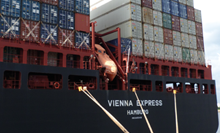
- Wet Cargo
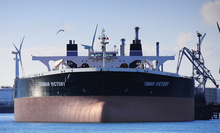
- Cruise

- Towage & SalvageTowage & Salvage
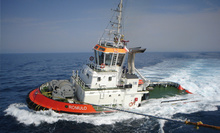
- Heavy Lift
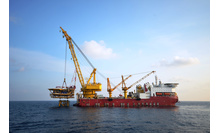
- Inland ShippingInland Shipping
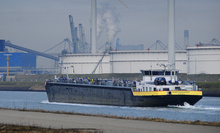
- Dredging
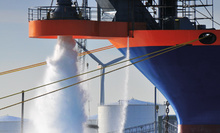
- EPCI CONTRACTORSEPCI CONTRACTORS
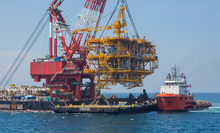
- Dry Cargo
- Products
- Information
- Our people
- Contact us
-
Brands
NEWS & EVENTS

overview
Lanko®Science Ropes used in Expansion of KM3NeT Telescope
Publication date: 13-12-2022Long-term mooring at 3500m below the surface of the Mediterranean Sea requires a reliable mooring system. Lankhorst Ropes has once again supplied the KM3NeT (Cubic Kilometre Neutrino Telescope) with Lanko®Science ropes as part of the expansion of the array forming the telescope. First supplied in 2016, Lankhorst Ropes developed the Lanko®Science rope to meet the unique needs of the telescope’s infrastructure.
Located off the coast of Sicily, the Italian site of KM3NeT hosts the Astroparticle Research with Cosmics in the Abyss (ARCA) detectors which help study the cosmic neutrino flux. Lankhorst’s Lanko®Science rope holds 700m lines of light sensors in place 3500m below the surface, forming an array which will detect any light produced from neutrino induced interactions in and around the telescope.
“Although particle physics isn’t an everyday application for Lankhorst, the expertise our engineers hold means projects such as mooring the KM3NeT are well within our capability and we welcome the challenge of using our ropes in a different way. Hopefully with Lanko®Science Lankhorst Ropes can contribute in a small way to our understanding of astrophysical phenomena via the detection of high-energy neutrinos,” said Elles Munstra, inside sales, Lankhorst Ropes.
The Creation of Lanko®Science
On the development of Lanko®Science, Fernando Eblagon, R&D manager IP and Materials at Lankhorst Euronete Portugal, said, “The combined requirements of deepsea mooring and the KM3NeT telescope meant that the rope needed to achieve the necessary minimum breaking load whilst meeting the functional diameter specified to work with the clamping system. The mooring systems must also guarantee a very accurate positioning for each sensor hence a high stiffness and minimum construction elongation was specified. A robust HDPE braided core provides the right diameter for the clamping system while a Dyneema® DM20 jacket bears the load and provides the stiffness needed for the precise positioning of the sensor array. To minimize deformation during installation and Lanko®Science’s years of service, the rope was thermal stabilised under tension and a protective coating applied. As Lankhorst’s signature yellow could cause a reflection affecting the sensors, the protective coating also contained a black pigment.”

